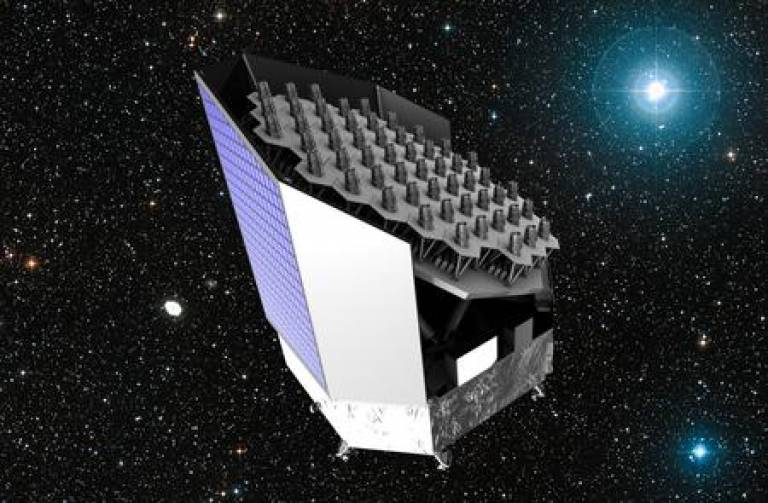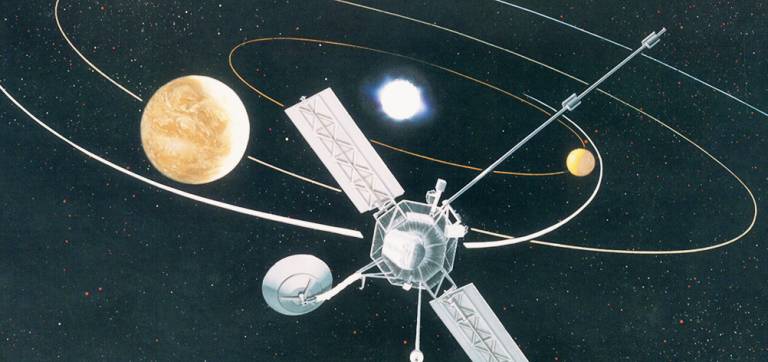Space eye with 34 telescopes will investigate one million stars
20 February 2014

The European Space Agency has just approved the PLATO (Planetary Transits and Oscillations of Stars) mission, an ambitious project to learn the properties of Earth-like worlds orbiting nearby stars. The mission, which launches in 2024, will be developed by a consortium which includes UCL's Mullard Space Science Laboratory (MSSL).
Each of the PLATO telescopes will comprise a focal plane of light sensitive detectors made by the UK company e2v. These specially designed devices will be the largest ever flown in space.
The associated detailed
characterisation of the devices together with their readout electronics, will
be developed at the Mullard Space Science Laboratory.
Professor Alan Smith, director of MSSL said: "This is a
wonderful mission and MSSL are excited to by part of it. Our role is essential to the mission and
builds upon similar involvements in earlier ESA missions".
The mission science is led by Don Pollacco from Warwick University, Cambridge University has a major role in the complex image processing software while the Open University will be engaged with public outreach.
 Close
Close




